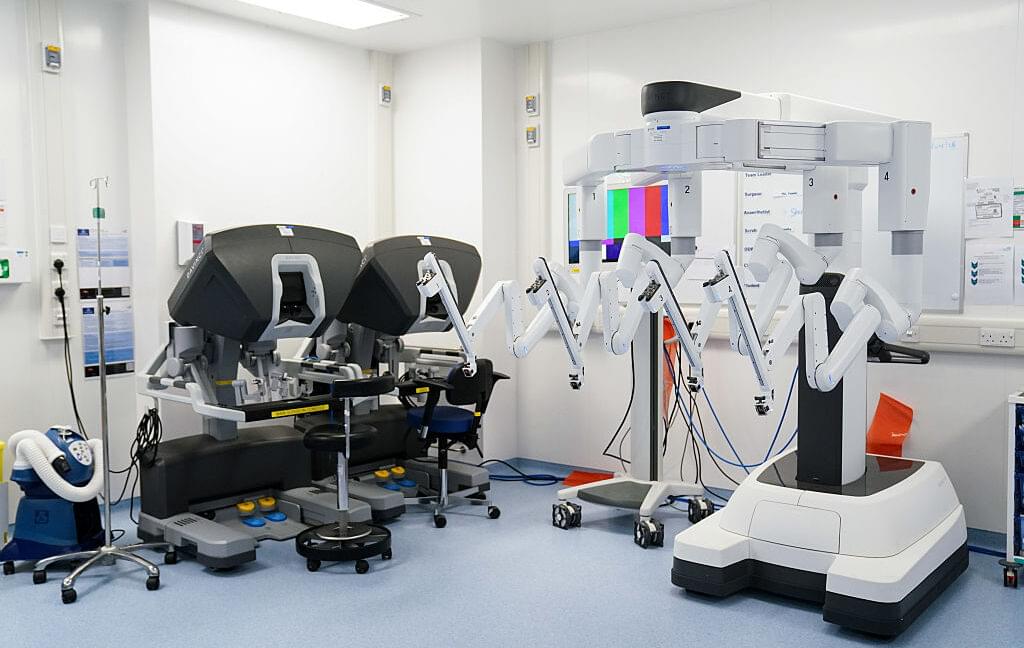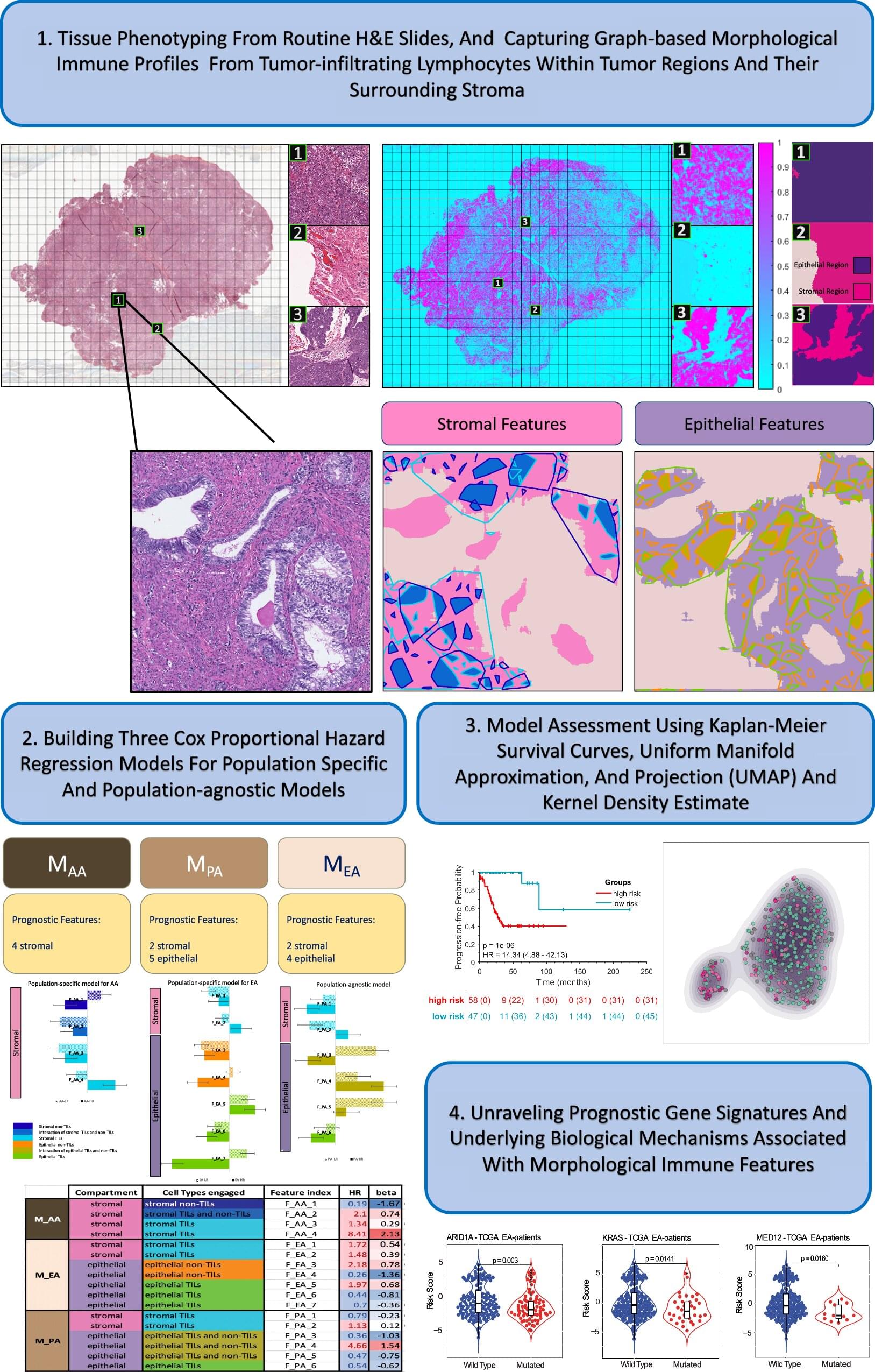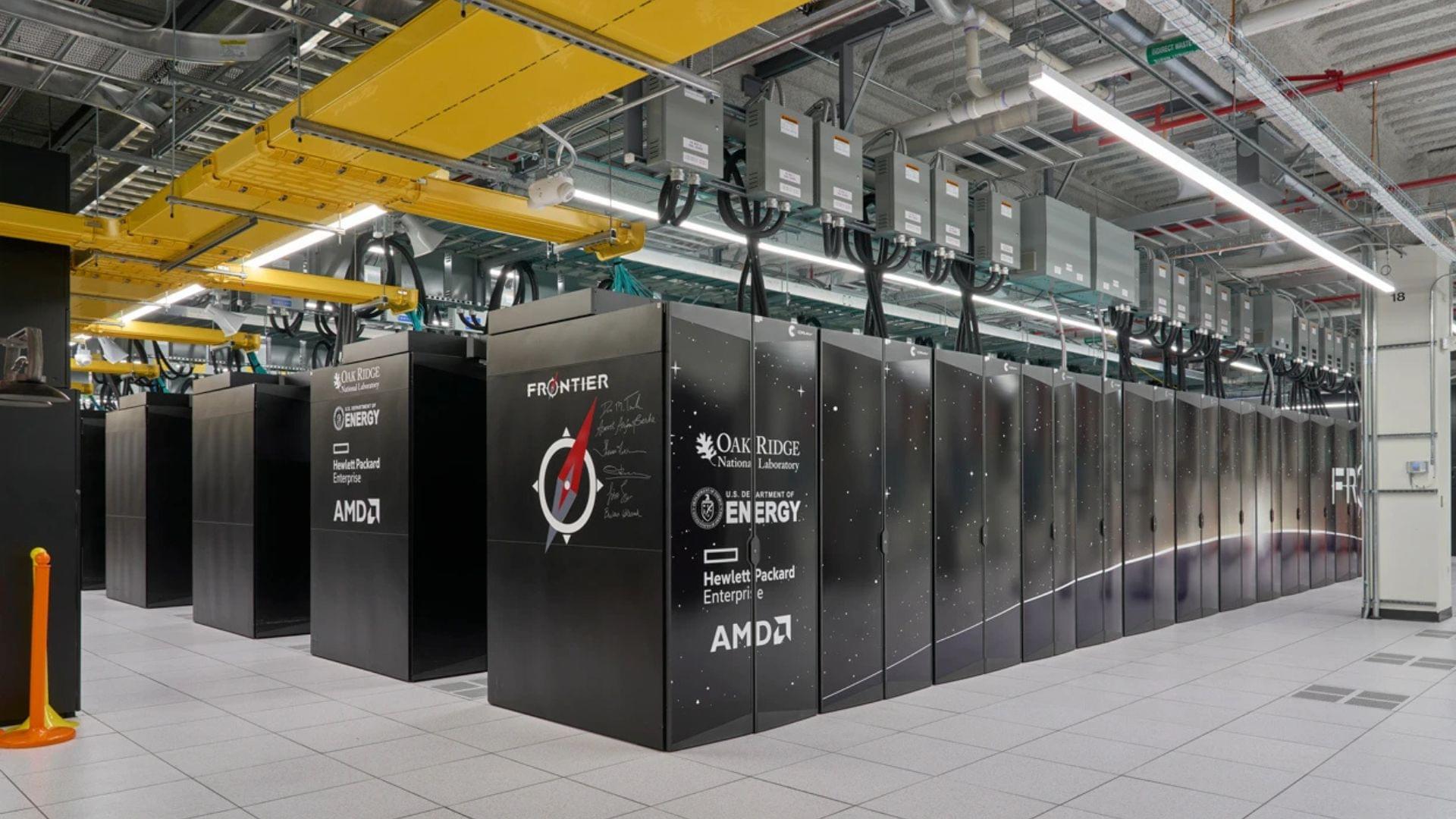A new Linux malware named Koske may have been developed with artificial intelligence and is using seemingly benign JPEG images of panda bears to deploy malware directly into system memory.
Researchers from cybersecurity company AquaSec analyzed Koske and described it as “a sophhisticated Linux threat.” Based on the observed adaptive behavior, the researchers believe that the malware was developed using large language models (LLMs) or automation frameworks.
Koske’s purpose is to deploy CPU and GPU-optimized cryptocurrency miners that use the host’s computational resources to mine over 18 distinct coins.








